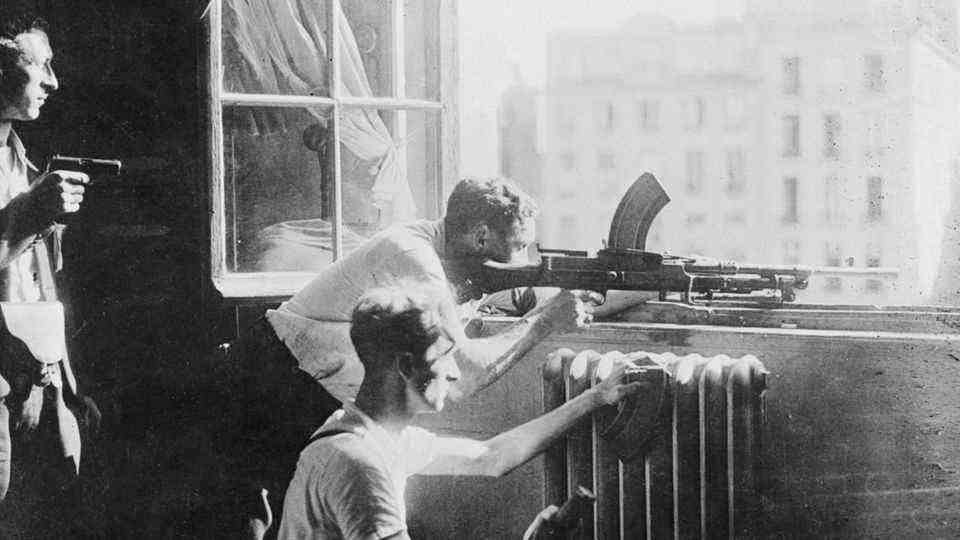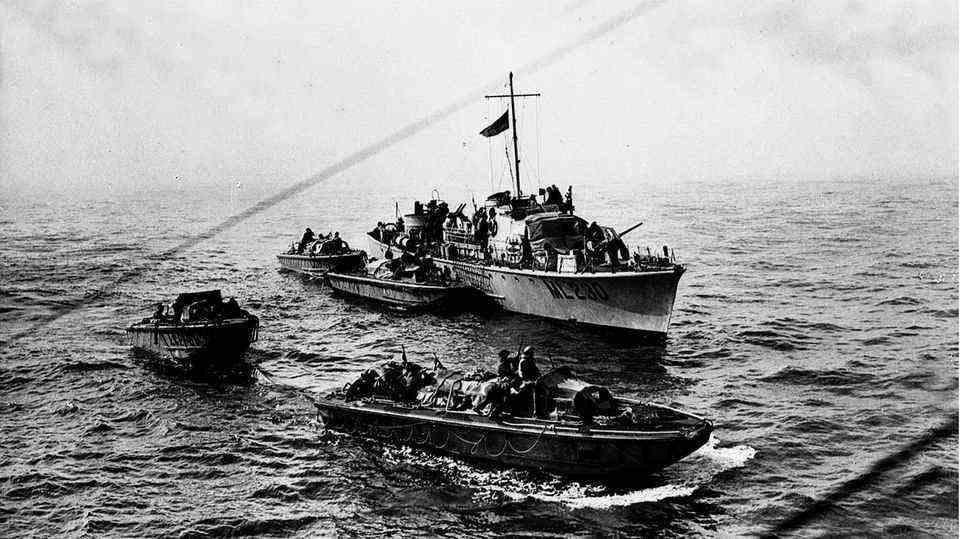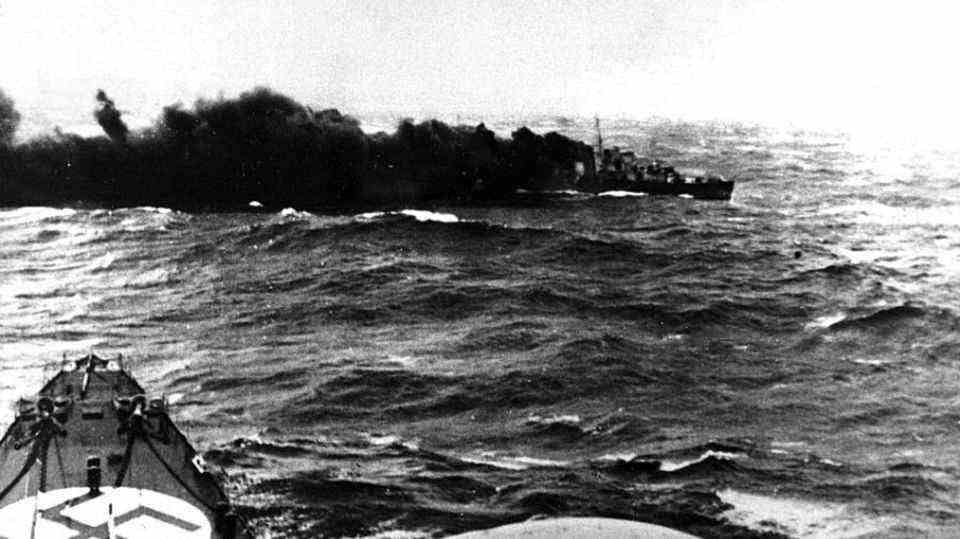Second World War
Churchill’s Werewolves – London trained a secret army of teenage partisans
There are no photos of Section VII; they too were trained to derail trains.
© Commons
In the event of an invasion, the British trained an army of resistance fighters. Because of their naive beliefs, teenagers were preferred. Because the Germans never landed, little is known about Churchill’s secret force.
In 1940 the Third Reich was in the prime of its power. In quick succession, Hitler had defeated Poland, France, Denmark, Norway, Holland and Belgium and his troops were preparing to occupy England. In fact, a series of mistakes meant that the German Air Force was unable to gain air control over the island. Without dominance in the air (Battle of Britain – when the German Air Force lost control of the air), the planned landing was called off – because the Germans could not stand up to the Navy at sea.
Planning for day X
But that was not yet known in 1940. So the British planned for the worst case scenario: that the Germans could land successfully and occupy large parts of the country.
And then they were supposed to be confronted by a teenage resistance army. For this partisan group, which should have operated in secret, handpicked young people were selected, among them a surprising number of girls.
Later in the war, the British trained resistance fighters from occupied Europe. The successes of these partisans in France, Holland and Norway, for example, showed that the instructors understood their craft. Not only did they train civilians to kill, the British knew what structure a secret organization had to be. Quite different from the German werewolf, which was so central and bureaucratic that it would have been easy to dig out the cells – if it had then started a partisan war.
At that time, the British commandos also operated successfully on the coasts of the occupied territory (Mad Jack Churchill – the man who fought the Nazis with a sword and bow). Their methods resembled those of resistance.
In short, Churchill’s men were experts and knew what they were doing. Since there was never an invasion and all recruits were bound to secrecy, little was known about the force called Section VII.
Secrecy until death
The first publication on the subject was by Andrew Chatterton. “These preparations contradict our idea that our defense against the invasion was essentially having Dad’s army standing on the cliff – armed only with a pitchfork.” This “home guard” is still good for movie comedies to this day.
However, Section VII recruits were mostly reservists, too young or too old to be drafted into the regular armed forces. Teenagers were preferred. “Teenagers made good recruits because they were naive enough to take action without thinking too much about the consequences and because they were fit and active.” Girls were generally considered less suspicious. The British already knew at that time that the Germans were cracking down on saboteurs. On the one hand, the Germans acted with great brutality, but at the same time they called on their best investigators to track down resistance groups. The otherwise unrealistic series “Das Boot” gives a good insight into how the German criminalists acted against the resistance (“Das Boot”: diving into a world of depth charges, sex and assassinations).
Because of the secrecy, there are only a few testimonies from partisans. Irene Lockley of the village of South Milford, West Yorkshire, told her daughter Jenny shortly before she died about how she was trained to “kill and maim and inflict as much damage as possible on the enemy.” She was shown how to derail trains and how to make Molotov cocktails – a mixture of oil and gasoline. The young girl was taught hand-to-hand combat without weapons and learned how to silently strangle Nazi soldiers with a wire noose. The then 18-year-old Pricilla Ross from Hornchurch was probably chosen because she mastered the virtues of a lady of the country. She could ride and mastered the bow as well as the sword. The base of their cell was a chamber under a grave in the church cemetery.
Good preparation
Chatterton is certain that Britain was well prepared for the invasion. In the event of a landing, several layers of civil defense would have been available. In his view Britain had prepared a remarkable force of resistance.
“We don’t yet know exactly how many civilians were recruited, but it happened across the country. That contradicts our vision of Britain in 1940. Hundreds, probably thousands of” normal “civilians, men, women and children, have been trained to to take on the most dangerous tasks against an occupying power. ” The author regrets that the young people’s commitment has never been made public. After all, they were ready to “make the ultimate sacrifice for their country”.
Source: Andrew Chatterton “Britain’s Secret Defense: Civilian Saboteurs, Spies and Assassins”; telegraph
Also read:
V2 rocket: Hitler’s eerie weapon of retaliation is unearthed in England
Mad Jack Churchill – the man who fought the Nazis with a sword and a bow
Battle of Britain – when the German Air Force lost control of the air)
“Das Boot”: Dive into a world of depth charges, sex and assassinations






